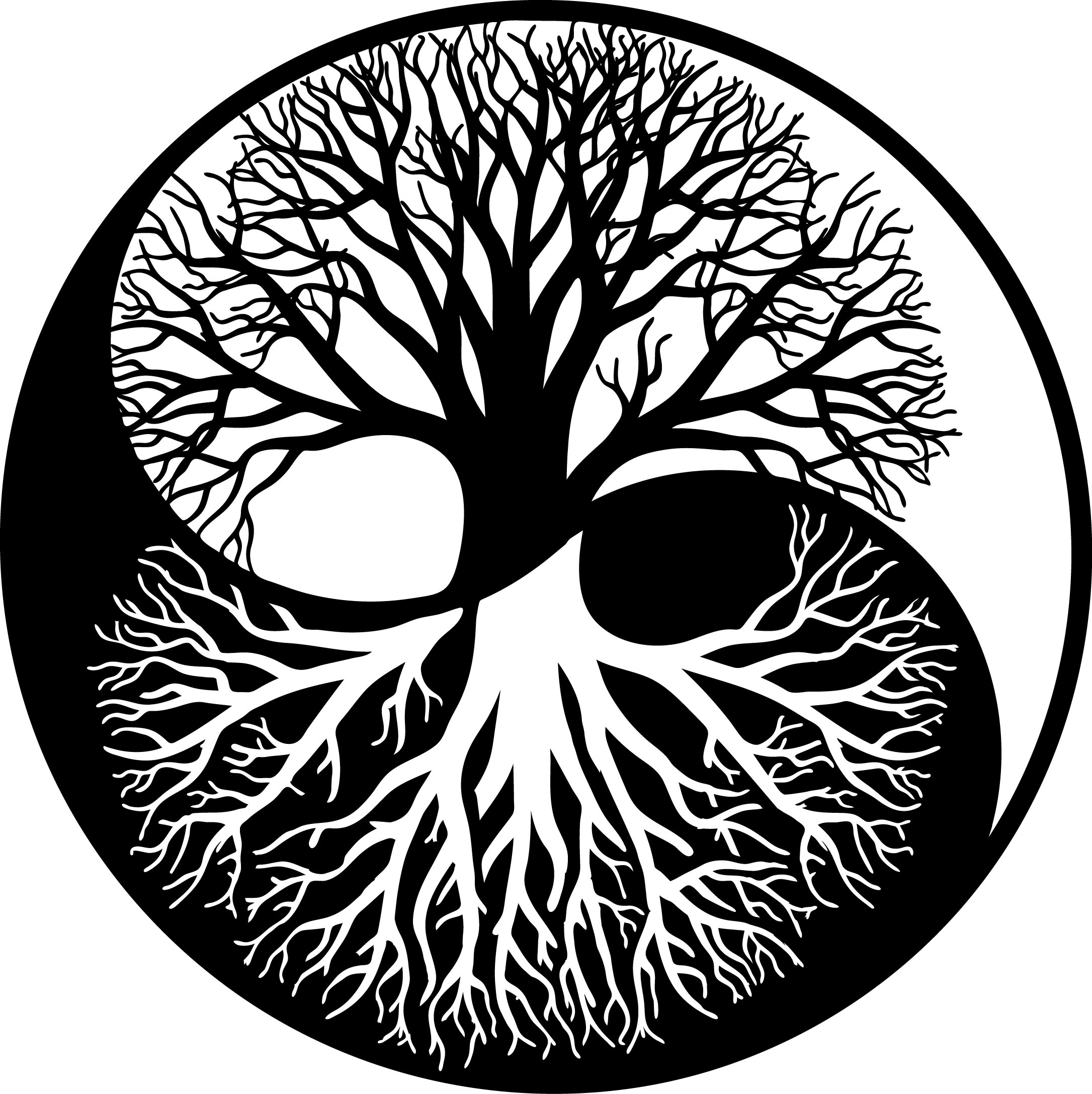I have had several people asked me about what is Gestalt psychotherapy so I have decided to write a bit more about this therapeutic approach.
Gestalt therapy is a humanistic type of psychotherapy and counselling which has its roots in psychoanalysis, gestalt psychology and phenomenology. It is also inspired by existentialism and eastern spirituality especially Zen-Buddhism.
Briefly we can describe some of the principles and approaches of Gestalt therapy as such:
Principle “Here And Now”:
Live here: explore and deal with what is present, we can only be aware or realize past and future in the present moment.
Of course, there is a time when it is important to look into the past or future too, but we can only do this from the position of the “here and now”.
Awareness
One way to describe awareness is a non – verbal sensing or knowing of what is happening in the here and now, it is both knowing and being. The most important task in Gestalt therapy then is raising the awareness of the client – feelings and thinking, behavior, what is going on in their body and the information of their senses and the awareness of how the client makes contact – of their relationships with other people, of their impact on their environment and its impact on themselves.
What I am not aware of it is not mine and I can’t work with this. On the other hand, what I am aware of, is offering me the possibility to be richer, more whole, healthier etc.
Everybody has a wide range of ways of how to avoid awareness, by recognizing those ways we can become aware of them, and this is often the first step into change.
Experience
We learn not only from the information from outside, but especially from our own experiences. From those experiences we can learn, understand, and integrate them.
Personal experience is then a premise of personal change. What is important with experiences, is that we focus our attention on something else other than only our thoughts and rather focus on our perception of feelings, physical sensations, taste or breathing, therefore we are experiencing reality not only what we are imagining.
To let our uncomfortable feelings or pain as well as joyful feelings to be, this allows us to experience them and feel them, not to limit our awareness, all is valid.

Phenomenology
The phenomenological approach means staying as closely to the client´s experience as possible, to stay in the here and now moment rather than to interpret the client’ s behavior. The aim of this approach is also to help the clients explore and become aware of how they are making sense of the world.
Field theory
In Gestalt perspective, field theory means a holistic view of the clients – all aspects of body, mind and emotion, current and historical circumstances, cultural, social, economic, spiritual and political influences.
In therapy and in the relationship towards the therapist, there could appear same or similar patterns of experiences and behaviors, which the client knows from their life. This could bring an opportunity for new learning and deepening understanding for both client and therapist.
Responsibility
The therapist offers awareness, self-discovery and change and it is up to the client if they accept this. Responsibility isn’t some image nor claim but inevitable fact. We are responsible for everything we are doing. Our only option is either to accept it or deny it.
Dialogue
The therapist offers a dialogic relationship and intends to be fully present, understanding, validating and authentic with the client. Despite the therapist’s knowledge and expertise, they do not place themselves in the position of being an expert but instead as an engaged companion supporting a mutual exploration of what is going on in the client’ s life.
Experiment
Experimenting can bring another creative dimension and opportunity into the therapy for the client to learn or experience something new and raise awareness.
It is an invitation to find a new possibility of exploration. Before doing an experiment, the first step is to negotiate with the client if they are prepared to try something new.
Some examples of experiments are: focusing on body movement or posture, guided visualizations, using art materials, using other forms of expression (music, voice, acting, dance, drumming, photographs, writing, …), reversing the habitual response or inventing a new response by the use of an empty chair.
Polarities
Everyone has that part or mask of themselves that we show to the world and what we perceive as horrible or unacceptable, we leave to ourselves or push out of our awareness.
Every one of us can be kind and caring but also cruel and insensitive. From the Gestalt perspective, it is useful to discover and accept all our parts that we dislike, disown or the ones that are pushed out of our awareness.
It is as if we come with a light of consciousness into a dark cave of our worries, fears or suppressed memories and start to bring into the light what is needed. If we also accept and re-own our “shadow” parts, then we can become more mature and whole beings.
This type of inner work can also help us to discover our hidden gifts and become more fulfilled as a human being.

Author: Lenka Hamerská
You can contact me here.
Resources and Inspiration:
Zinker, J. (1977) Creative Process in Gestalt Therapy. New York: Random House.

